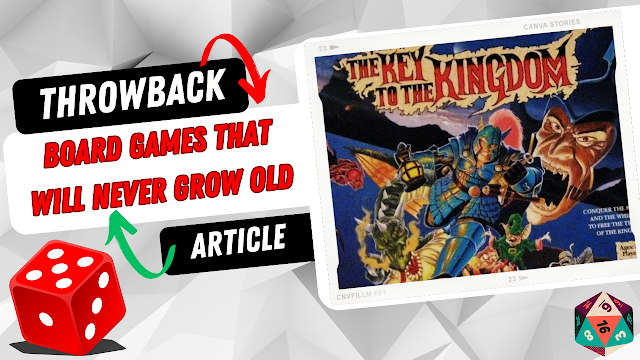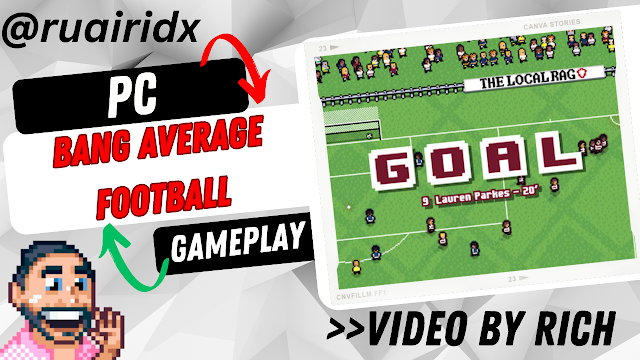 |
| Photo by Onur Binay on Unsplash |
Video game level design is both an art and a science. Behind the most memorable gaming experiences lies a carefully structured framework that guides players through challenges, rewards, and discoveries. Game designers have long relied on schema patterns, recognizable templates and structures, to create levels that feel intuitive yet surprising. These patterns serve as the invisible architecture that shapes how players interact with virtual worlds.
Schema patterns in game design function much like familiar templates in other creative fields. They provide consistent frameworks that players can recognize and understand, while still allowing for creative variation. From hub-and-spoke layouts of adventure games to gradually escalating difficulty curves of platformers, these patterns create a sense of order that helps players navigate detailed environments without feeling lost.
The Psychology Behind Schema Patterns in Gaming
Schemas are mental structures that help players interpret and process new information in gaming environments. When encountering a glowing item, many instantly understand its importance, while a red barrel signals danger. These associations come from experience built in earlier sessions or other games.
Patterns support game flow. Repeated cues, such as a green icon for health or a locked door signalling the need for a key, lighten mental effort. Players don't start from zero each level. Instead, mental shortcuts formed by schemas allow for smoother onboarding.
When cover layouts and enemy placements echo prior arrangements, experienced players develop strategies quickly. Familiarity here supports enjoyment, not just efficiency. Titles that break too many conventions at once often frustrate or disorient players. This is why recognisable cues are so important for player retention.
Maintaining the right balance matters. Patterns form a foundation, but sticking to the old too tightly turns play into routine. If every encounter unfolds as expected, interest fades. Introducing new elements or giving classic cues a twist keeps engagement high without causing confusion.
Core Schema Patterns That Define Successful Level Design
Several key patterns appear in well-designed game levels. The "lock and key" pattern places obstacles that require specific items or abilities to overcome. This gives players a sense of progress as they gain new tools to access previously blocked areas. Nintendo's Zelda series uses this approach effectively.
"Breadcrumbing" guides players through levels with subtle cues. These might be lighting that highlights important paths, collectibles that mark the way forward, or environmental details that draw attention. Good breadcrumbing feels natural rather than forced. This technique helps players navigate without explicit markers.
"Risk-reward" patterns create meaningful choices. Players might see a dangerous path with worthwhile rewards or a safer route with fewer benefits. These decision points make gameplay more engaging by giving players agency. Roguelike games often use visible, high-risk treasure areas to encourage replay.
"Hub and spoke" designs feature central areas connected to multiple paths. This pattern lets players explore different routes while always having a familiar base to return to. It works well in adventure games and open-world titles. Super Mario 64 popularised this structure, improving spatial memory and user comfort.
How These Patterns Evolved Across Gaming History
Early arcade games used simple patterns due to technical limits. Pac-Man's maze and Space Invaders' defensive barriers were basic but effective designs. These examples show how technical constraints influenced the adoption of clear patterns for accessibility.
The shift from 2D to 3D environments forced designers to rethink schemas. Super Mario 64 used the hub-and-spoke design to help players adjust to 3D movement. Half-Life introduced storytelling through carefully structured environments rather than cutscenes.
As a practical measure, Half-Life's tutorial level monitored player paths and refined signposting based on playtester confusion rates. This approach helped guide players through the new 3D space without frustration.
Implementing Schema Patterns in Different Game Genres
First-person shooters use distinct patterns to control pacing. They alternate between tight corridors for tension and open arenas for combat. This rhythm keeps gameplay varied and exciting. These design choices are often mapped using heatmap analytics to ensure player engagement.
Puzzle games introduce mechanics step by step before combining them in more challenging ways. Portal first teaches players about portals in simple rooms before presenting more difficult spatial puzzles. This gradual introduction reduces player frustration and increases satisfaction.
Players who visit a trusted online casino with big bonuses will encounter familiar patterns in how games are organised and played. These sites use consistent layouts and visual cues to help players understand game rules quickly.
Open-world games balance freedom with guidance. They use visual landmarks, quest markers, and natural boundaries to help players navigate large spaces. Games like Breath of the Wild use terrain features to draw players forward naturally, making exploration feel intuitive.
Horror game designers deliberately break schemas to create tension. How Finnish online casino sites use familiar gambling schemas is similar to how horror games set up patterns only to disrupt them later. Silent Hill uses fog and darkness to conceal level boundaries, creating disorientation.
Practical Applications for Game Developers
Game developers use various tools to map schema patterns. Heat maps show player movement through levels, revealing where players get stuck or miss important paths. This data-driven approach helps refine layouts and improve player experience.
Playtesting is necessary for seeing when schemas work or fail. Watching new players navigate levels reveals assumptions designers might have overlooked. If players consistently get lost at certain points, the schema patterns may need adjustment.
Adding new patterns requires careful planning. Tutorials should teach main mechanics in low-risk environments before challenging players in more intense situations. Each new element should build on previously established knowledge. This step-by-step approach helps keep player drop-off lower.
Balancing Innovation and Familiarity
Common mistakes include using patterns too much, which can make them predictable, creating misleading cues that confuse players, and failing to signal important information clearly. These mistakes can frustrate players and break immersion.
Challenging player expectations can create memorable moments when done right. Breaking patterns with intention creates surprise that improves gameplay. Undertale changes RPG battle mechanics to support its narrative about violence and choice.
Bringing in unique mechanics works best when linked to familiar concepts. Splatoon's paint-shooting mechanics feel intuitive because they are based on familiar shooter controls while adding territory control through paint coverage. Players can adjust to the new system quickly because it builds on known foundations.
Some games fail by changing too many known schemas at once. When developers introduce too many changes to established gameplay patterns simultaneously, players may become disoriented. According to user feedback analysis, steep learning curves from overwritten schemas are a top factor in player churn for indie releases.
The strongest games combine established patterns with original elements, keeping play fresh while still feeling intuitive.
Schema patterns let game designers build levels that feel intuitive, rewarding, and memorable.




No comments:
Post a Comment
Like what you see in the Games Freezer?
Why not tell us what you think with a few well-chosen comments? :)